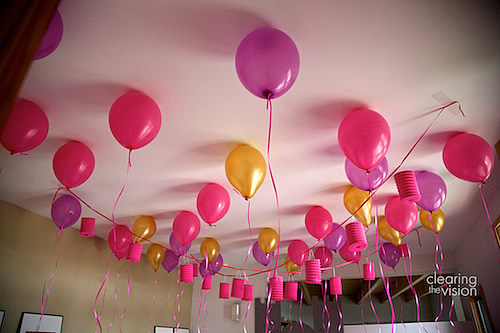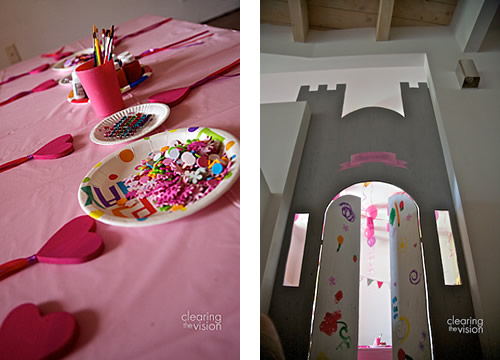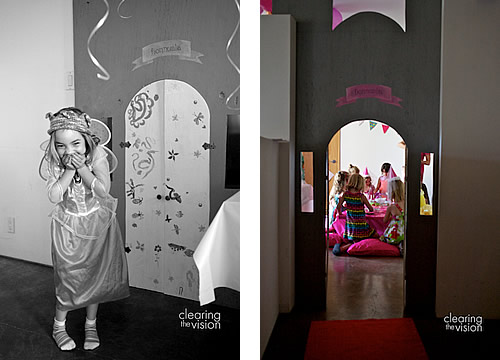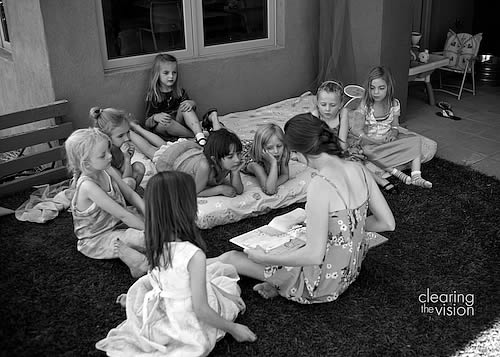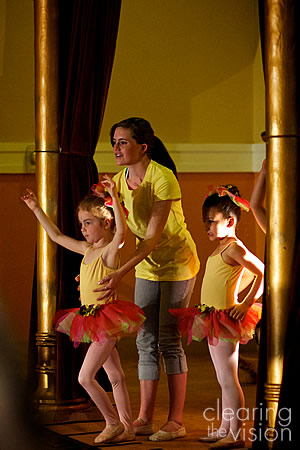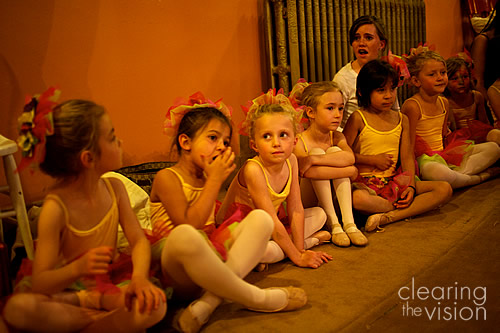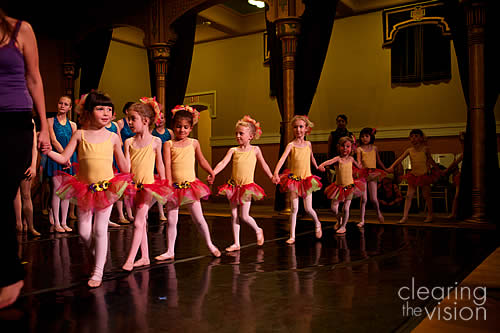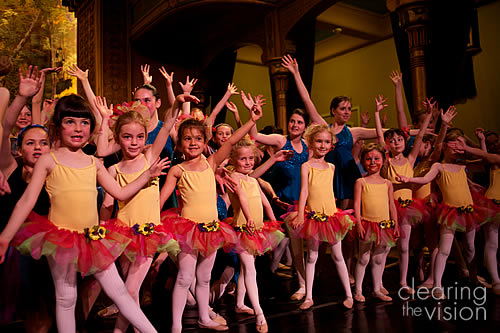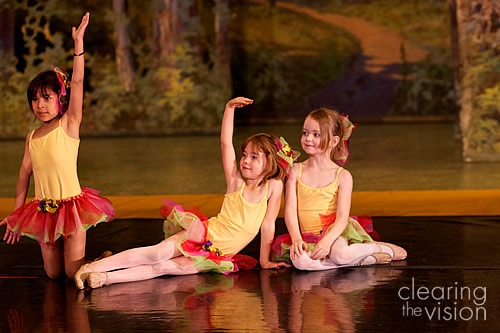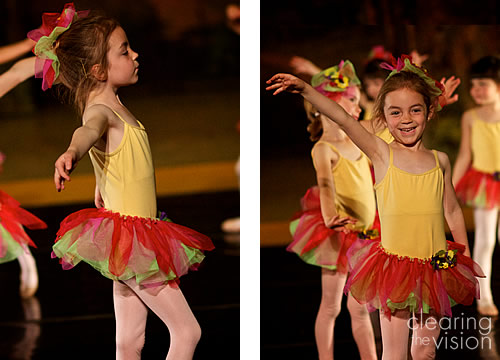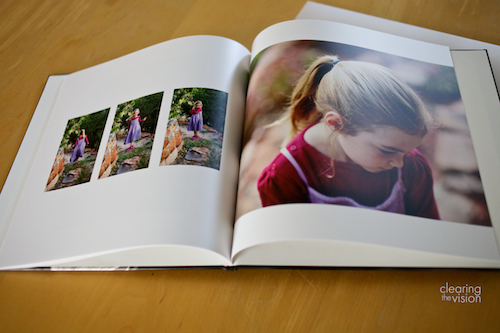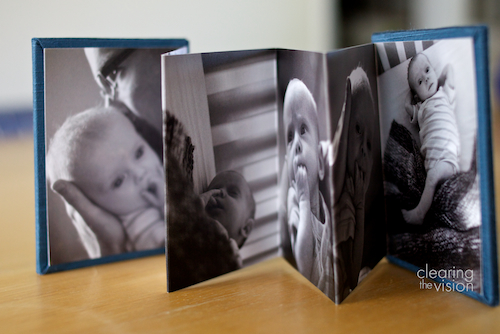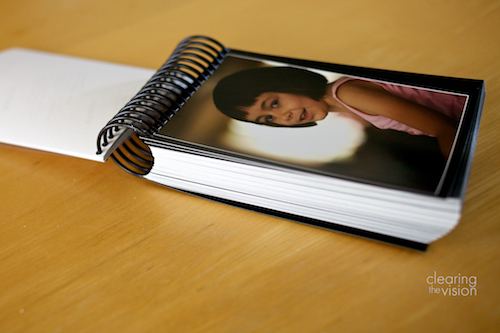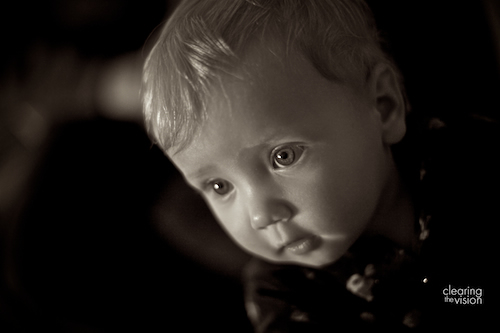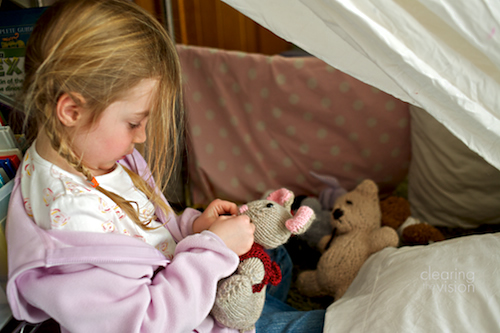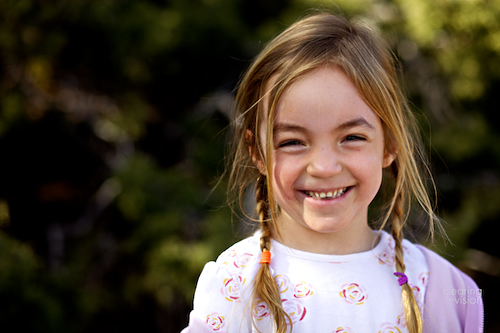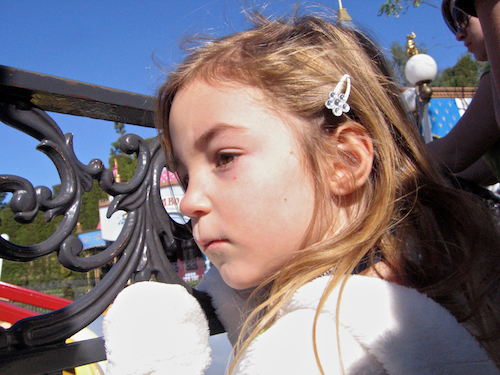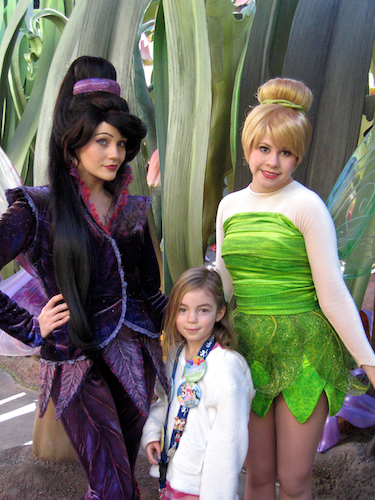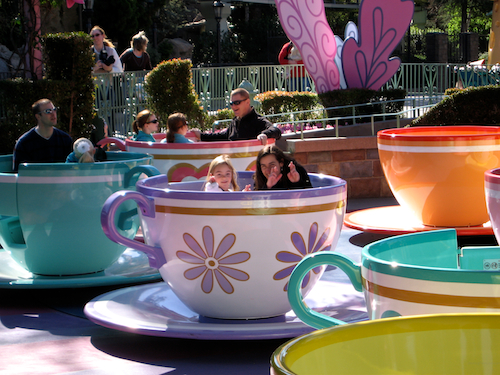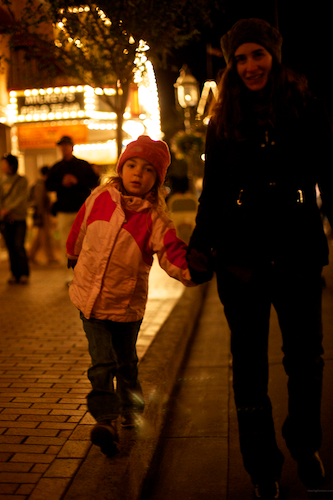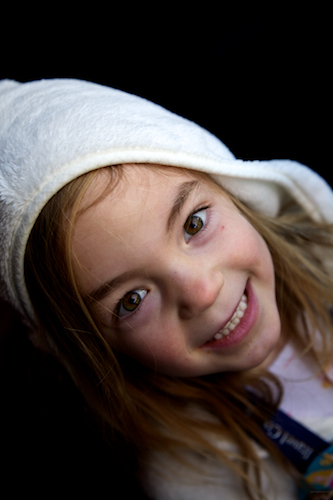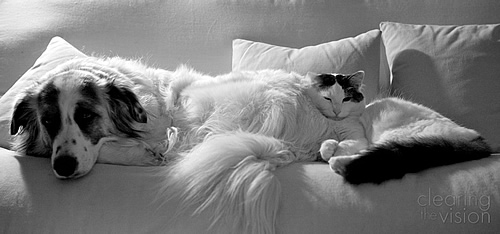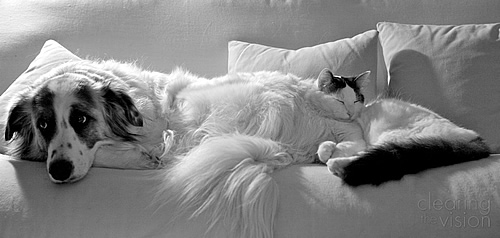
Shooting film seems to be enjoying something of a renaissance, especially among young people of the hipster persuasion. Loyal readers will remember a recent blog post where I promised to dig out the old film camera my Dad had given me more than 20 years ago. I did, and here’s what I learned (or relearned) about the joys and frustrations of shooting film.
Note that this is based on running a roll of Ilford XP2 through a (not very good even at the time) Canon 1000, photographing a kids’ summer camp presentation – depending on what you shoot and with what film camera, you might end up with very different results.
1) Film still looks gorgeous
Partly thanks to the great developing and printing from the Camera Shop of Santa Fe (although they’re not cheap), the images came out looking contrasty and very attractive. I shot in black and white, and the skin tones were smooth and there was a nice touch of grain in the shadows.
You could probably fuss in Aperture or Lightroom to get the same sort of results from shooting digital, but this saved me all that effort, and the prints had that indescribable film quality. Sometimes there’s something a little too squeaky clean about the technically perfect files DSLRs put out today.
In fact while you might be able to get the same effect processing digitally, what’s interesting is that I probably wouldn’t have gone as far with the processing if I were doing it. There’s a lot of solid black in them, which I would have shied away from, trying to keep some of that shadow detail. Just goes to show there’s no such thing a perfect histogram, just good images.

2) You pick your shots more carefully
It’s true that firing off a load of shots on a DSLR can yield some great results that you just couldn’t get any other way – especially in sports photography, for example. But sometimes the ‘spray and pray’ approach is just replacing thoughtfulness with a numbers game. Rather than slowing down and choosing your moment carefully, you just shoot a ton in the hope that you’ll get something good.
When you’re paying more than 50c each time you press the shutter (and swapping rolls is a bit of a pain), you’re definitely less trigger happy.
I normally reckon on a 25% selects rate when I’m shooting digital – in other words of fifty images I make, around 12 of them I’ll like well enough to do some processing work on and/or show to the client if it’s a paying job.
With my roll of 36, I’d say I was happy with at least two-thirds of them. A good lesson in slowing down and being more careful.
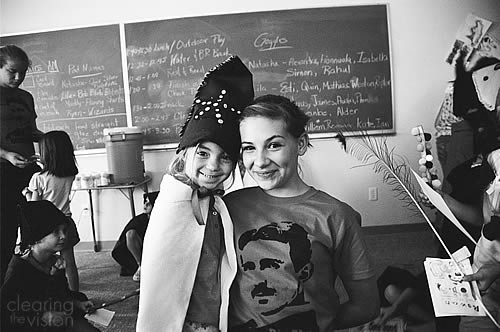
3) It’s still a pain in the behind
Friends wanted some of these photos from the camp. So I had to get the film developed (with extra CD of digital files because I don’t have a scanner or the time to scan the files) pronto. We’re so blasé about shooting digital and being able to have the results across the world in minutes that we forget how amazing it is.
And there’s no bumping up the ISO because you’ve moved inside or it’s getting dark. And knowing that you’ve only 36 frames before you have to swap rolls is always praying on your mind. That and the fact that you can’t see what you’ve got until potentially days later – no chimping here, of course.
4) Digital’s sort of cheap
While it costs to develop a roll of film in a way it doesn’t for the same number of digital shots, there’s an interesting side argument here. A pro-grade film body such as the Canon EOS 1N can be picked up on eBay for less than $300. A new 5d Mark II is around $2500. I know it’s not comparing like with like, but you could buy and develop a lot of film for the difference for $2200, and you wouldn’t need to upgrade in another three years.
The cost of clicking a shutter on a digital camera appears cheap, because it’s free at the point of use, but the total cost of ownership starts to look a lot more expensive when you factor in the actual costs.
Worth the effort
I was pleased with the images I took and enjoyed the experience of shooting film again. It’s worth doing even if you end up concluding how glad you are you never have to shoot film any more. But for me it was more rewarding than that, making me think about how I shoot, and also reminding me how good film can look.
I’m not saying I’m going back to shooting film exclusively, or even very often. But throwing a decent film body in the bag when the conditions are right – outside daytime portrait session for example – might not be a bad idea.
